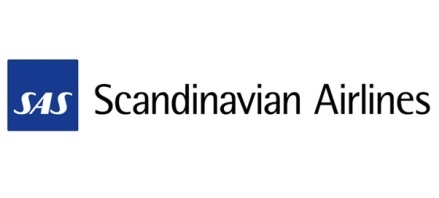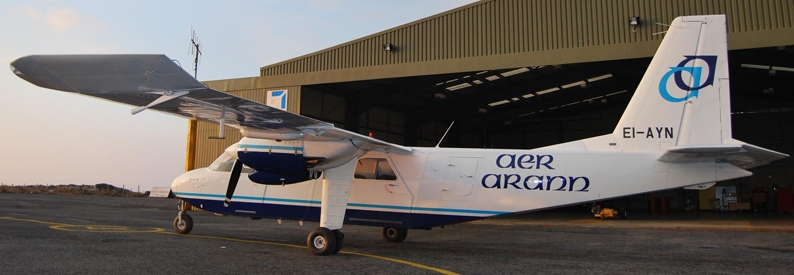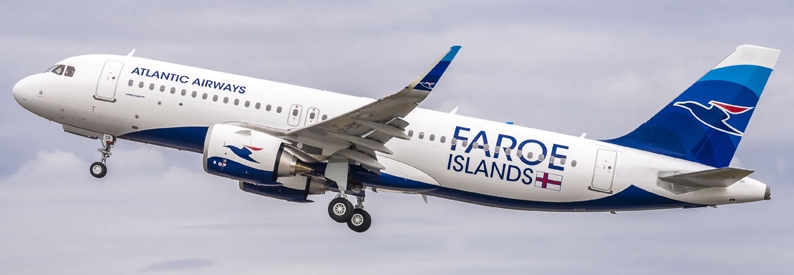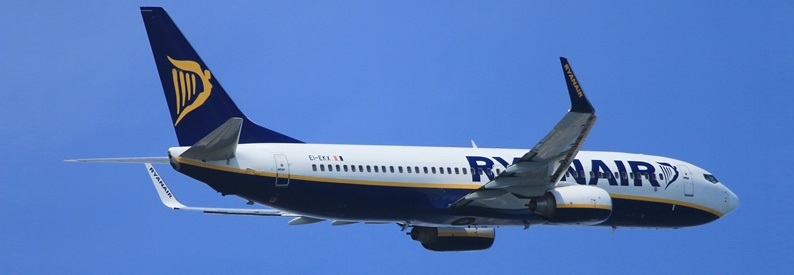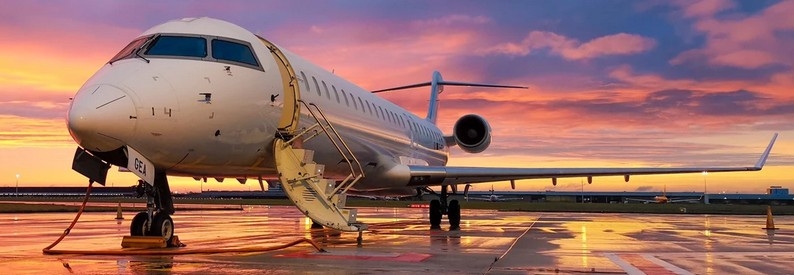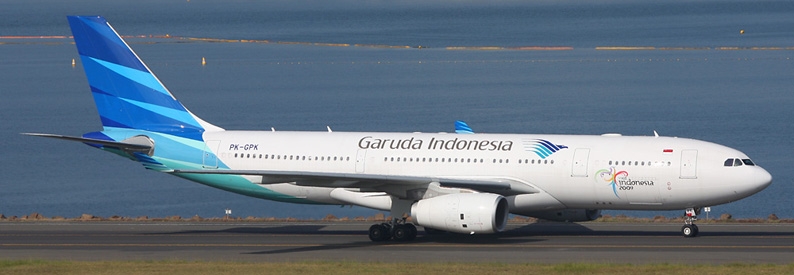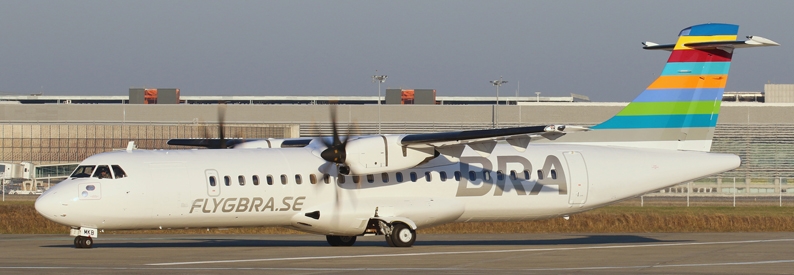SAS Scandinavian Airlines (SK, Copenhagen Kastrup) has agreed a SEK14.25 billion kronor (USD1.5 billion) plan with its three largest shareholders to "restore equity" and secure around SEK12 billion (USD1.3 billion) in new funding, it announced in a statement on June 30.
The plan is backed by the governments of Sweden and Denmark and the third-largest shareholder, the Knut and Alice Wallenberg Foundation, the cash-strapped carrier said.
The measures include a deeply discounted share issue of about SEK2 billion (USD215 billion) to these owners, a broader rights issue of new shares amounting to SEK3.994 billion (USD429 billion), and new hybrid notes to the major shareholders totalling SEK6 billion (USD645 billion).
They also include the conversion of a SEK2.25 billion (USD242 billion) bond due in November 2022 into common shares and the conversion of SEK1.5 billion (USD161 billion) in existing hybrid notes into common shares.
The government of Norway, which sold the remaining stake it had in SAS in 2018, will continue to pay the airline to keep its network in the country. It has offered loans to the aviation sector but is not part of this latest SAS recapitalisation plan.
“This is well in line with what we have been thinking we need to get through this, and to restore our funds to something resembling what it was before the crisis,” CEO Rickard Gustafson told Reuters.
Observers were not so keen, however, with one analysts telling the news agency: “For current shareholders, it is a choice between the plague and cholera. If you do not join and subscribe for new shares, a massive dilution will occur.”
SAS has also revised its business plan, in which it will pursue SEK4 billion (USD430 billion) in cost savings. The new plan is based on what the company described as four pillars.
Firstly, it will continue to focus on Scandinavia’s frequent travellers, maintaining Copenhagen Kastrup as its main long-haul hub complemented by selective long-haul routes from Oslo Gardermoen and Stockholm Arlanda.
Second, SAS will continue its fleet renewal to Airbus-only types by 2025. Gustafson has said that the carrier will have 35 to 40 aircraft in the air this summer. According to the ch-aviation Commercial Aviation Aircraft Data module, it currently has a broadly mixed fleet of 136 aircraft, 60 of them owned and 62 leased. SAS said in the statement that it was "evaluating a replacement" for its ageing B737s (twenty-one B737-700s and twenty-six B737-800s, the ch-aviation module shows).
Third, SAS reiterated its savings, including workforce redundancies of up to 5,000 positions and renegotiated collective bargaining agreements leading to increased productivity of 15-25%, plus the “efficient phase-out of aircraft to reach a one type fleet.”
Lastly, the airline said that in the revised business plan its target of a 25% reduction of net CO2 emissions (compared to 2005 levels) by 2030 had been accelerated to 2025.
- Type
- Base
- Aircraft
- Destinations
- Routes
- Daily Flights
